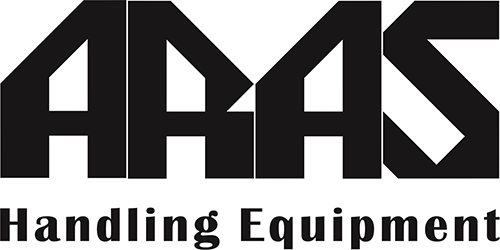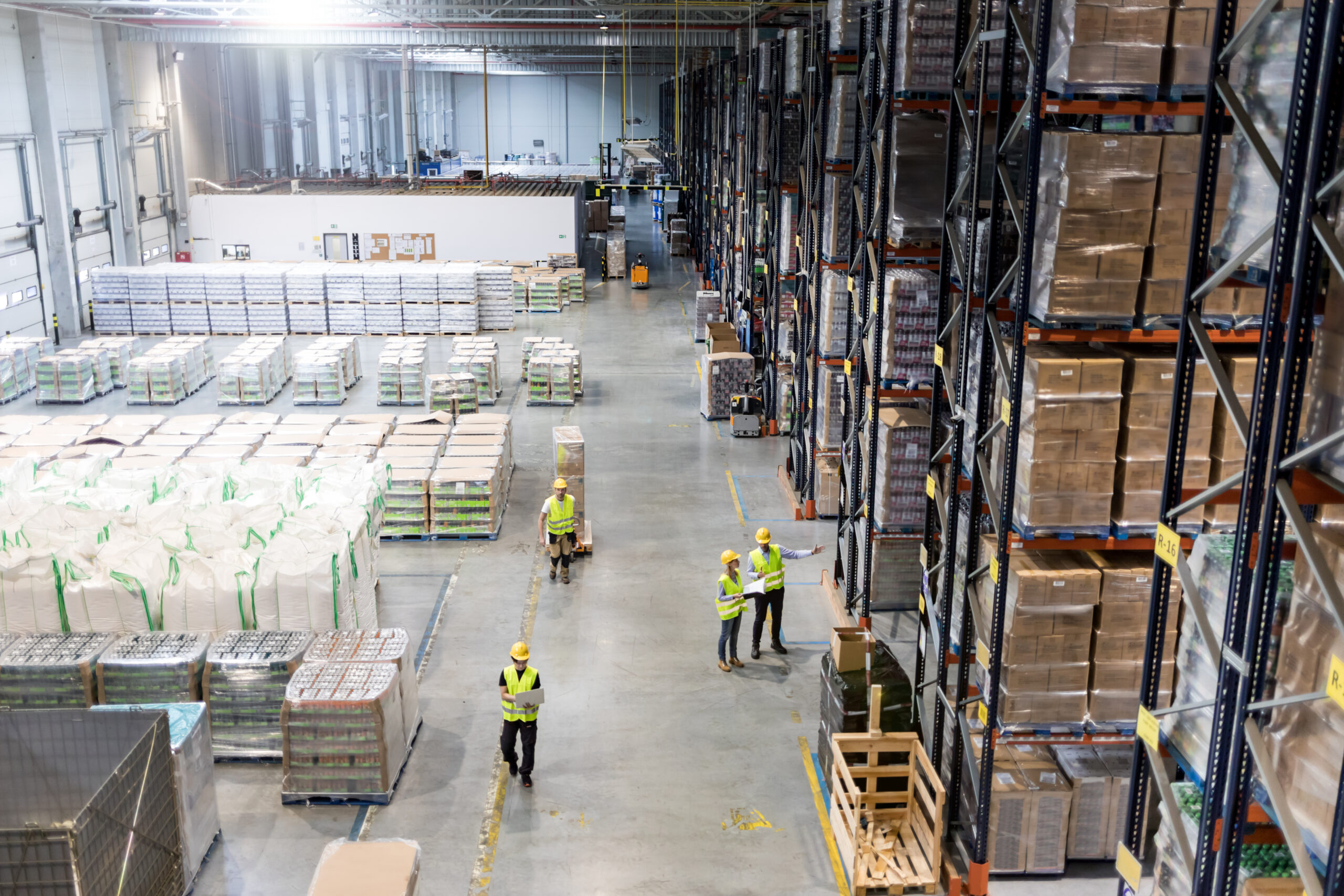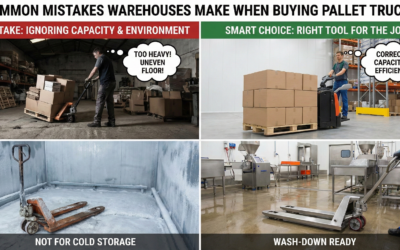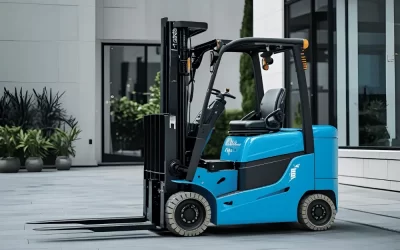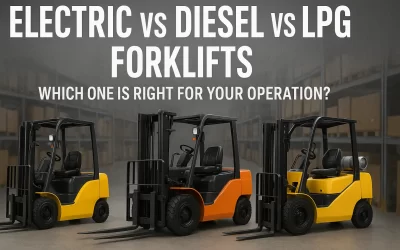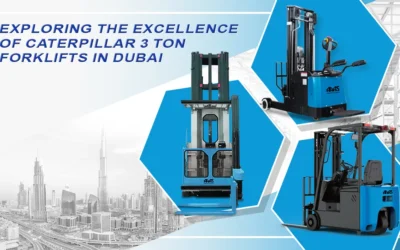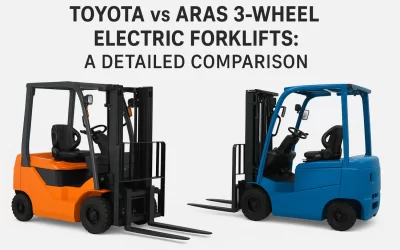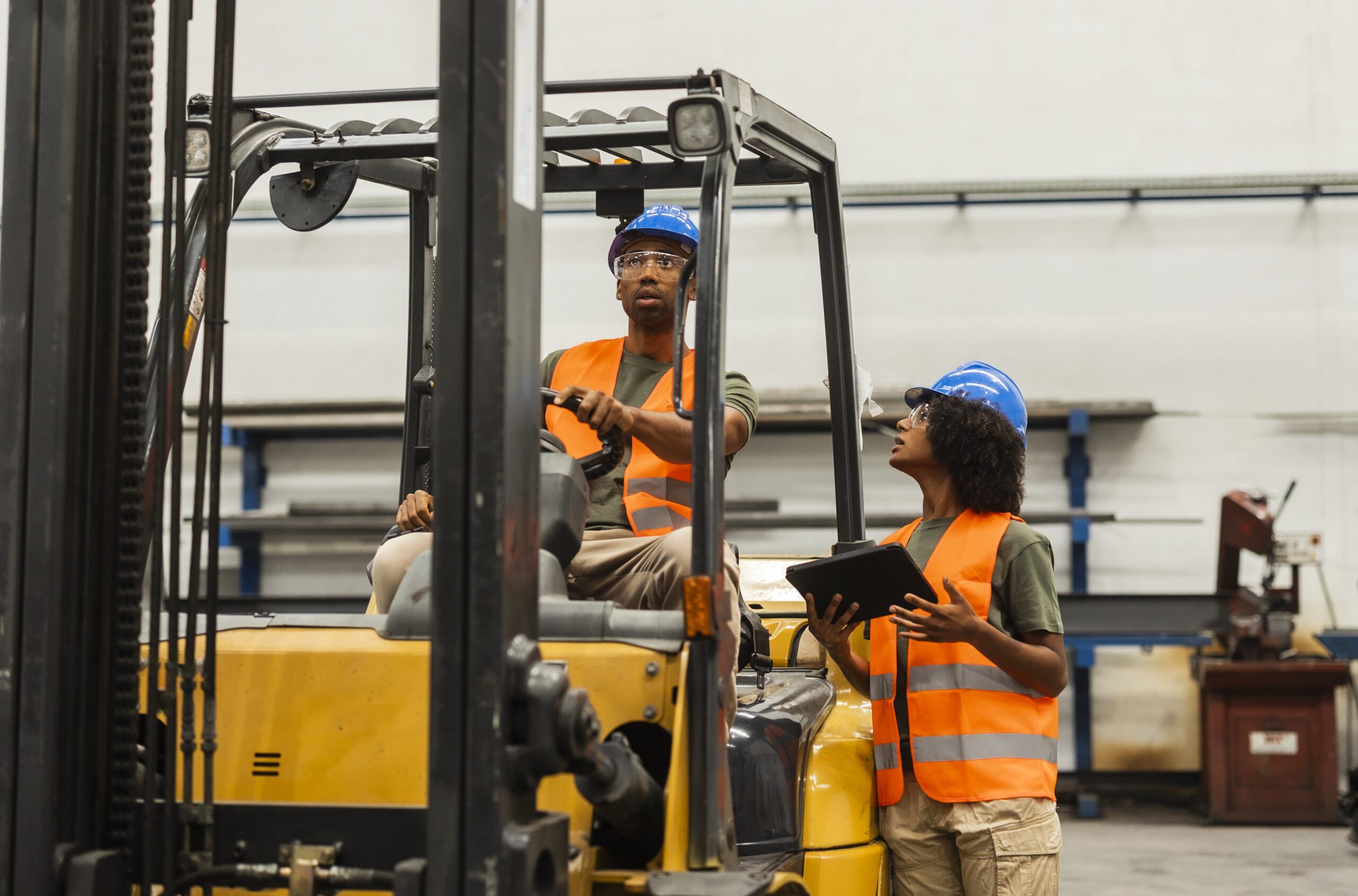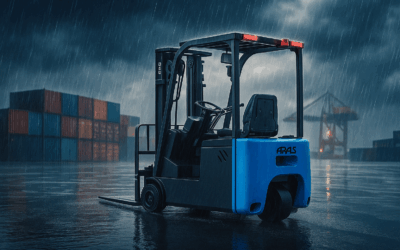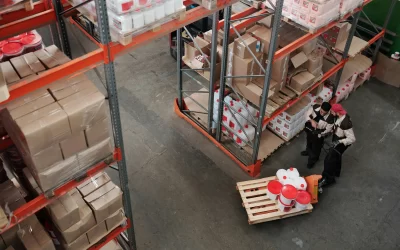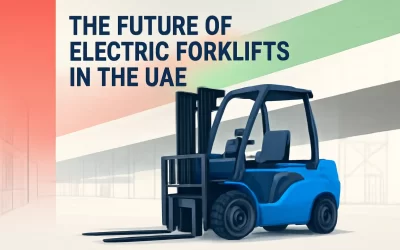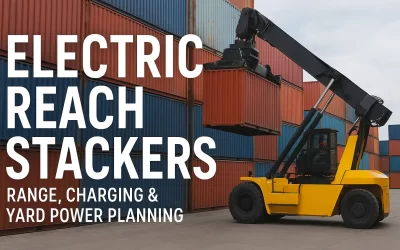Choosing the Right Forklift for Your Business Needs
Forklifts are the backbone of industrial operations. Whether you’re running a bustling warehouse, a growing farm, or a major shipping port, the right forklift makes a massive difference in productivity, safety, and long-term cost savings. However, with numerous options available, how do you select the best forklift for your specific business?
In this guide, we’ll walk you through forklift selection based on industry-specific needs. From warehousing and logistics to recycling and ports, we’ll help you match equipment to use case—ensuring optimal performance and ROI.
1. Understand Your Industry’s Core Requirements
The first step to choosing the right forklift is understanding the demands of your daily operations. Each industry has unique load types, usage patterns, and terrain conditions. These variables influence what forklift specs you’ll need, such as lift capacity, fuel type, maneuverability, and mast height.
2. Forklift Types and Features to Consider
Before diving into industry use cases, here are the primary forklift types:
- Counterbalance Forklifts: Versatile and ideal for smooth, flat surfaces.
- Reach Trucks: Designed for high racking systems in warehouses.
- Telehandlers: Feature a boom lift—ideal for high reach on uneven terrain.
- Pallet Jacks and Stackers: Suited for light loads and tight spaces.
- Heavy-Duty Forklifts: Built for lifting large, heavy items in ports and construction.
Key features to evaluate:
- Fuel Type: Electric (clean, indoor use), diesel/gas (powerful, outdoor use).
- Load Capacity: Ranges from 2,000 to 100,000 lbs, depending on model.
- Lift Height: From a few feet to over 30 feet.
- Turning Radius: Crucial for indoor use and narrow aisles.
3. Forklifts for Warehousing
Warehouses typically use electric counterbalance forklifts and reach trucks. These forklifts are quiet, emission-free, and designed for indoor use. Since many warehouses have high racking systems, reach trucks offer extended lift height without compromising stability.
Recommended Forklifts:
- Electric Reach Trucks
- Narrow Aisle Forklifts (Turret Trucks)
Pro Tip: Look for models with regenerative braking and battery management systems to reduce downtime.
4. Forklifts for Logistics and Distribution Centers
In logistics, speed and reliability are critical. You’ll need forklifts that can perform in both indoor and outdoor environments. A combination of electric and LPG (liquefied petroleum gas) counterbalance forklifts is common.
Recommended Forklifts:
- LPG Counterbalance Forklifts (faster refueling than electric)
- Electric Pallet Trucks for loading/unloading
Pro Tip: Prioritize forklifts with ergonomic features for long shift operations and telematics for fleet tracking.
5. Forklifts for Construction
Construction sites demand robust, all-terrain equipment. Rough terrain forklifts and telehandlers are built to withstand dust, mud, and extreme conditions. These machines offer high load capacity and are often diesel-powered for maximum torque.
Recommended Forklifts:
- Telehandlers (for extended reach and heavy lifting)
- Rough Terrain Forklifts (with pneumatic tires and high clearance)
Pro Tip: Choose models with 4WD and load management systems for added safety on uneven surfaces.
6. Forklifts for Manufacturing
Manufacturing facilities often require forklifts that can operate across different departments. Electric counterbalance forklifts are ideal for indoor assembly areas, while diesel or LPG models work well for outdoor shipping zones.
Recommended Forklifts:
- Electric Counterbalance Forklifts
- Multi-directional Forklifts (for long, awkward loads)
Pro Tip: Seek out energy-efficient models with AC motors to minimize maintenance and reduce costs.
7. Forklifts for Retail and Big Box Stores
Retail environments prioritize space and safety. Choose compact forklifts or walkie stackers that can maneuver through narrow aisles without disturbing customers.
Recommended Forklifts:
- Electric Walkie Stackers
- Stand-Up Counterbalance Forklifts
Pro Tip: Low-noise electric models improve in-store experience and comply with emission standards.
8. Forklifts for Agriculture
Agricultural settings need versatility. Telehandlers and all-terrain forklifts work well on farms, lifting pallets of feed, equipment, or crates over uneven surfaces.
Recommended Forklifts:
- Diesel-Powered Rough Terrain Forklifts
- Compact Telehandlers
Pro Tip: Weather-resistant cabs and attachments like bale clamps or bucket forks add flexibility.
9. Forklifts for Recycling Operations
Recycling plants are harsh environments for equipment. You’ll want heavy-duty forklifts with robust tires and strong hydraulics.
Recommended Forklifts:
- High-Capacity Diesel Forklifts
- Forklifts with Dust and Heat Shields
Pro Tip: Look for forklifts with high ground clearance and impact-resistant components.
10. Forklifts for Ports and Shipping Yards
Port environments are some of the toughest. Only container handlers and high-capacity diesel forklifts can meet the demand.
Recommended Forklifts:
- Container Stackers
- Diesel-Powered Forklifts (30,000+ lbs capacity)
Pro Tip: Opt for models with GPS and load tracking for real-time inventory control.
Final Tips for All Industries
- Safety First: Opt for forklifts equipped with operator protection, seatbelts, and load stability systems.
- Maintenance Access: Easy access to service points reduces downtime.
- Training: Make sure your team is certified to operate the forklift you choose.
- Vendor Support: A reliable dealer network ensures access to parts, service, and training.
Conclusion
Choosing the right forklift isn’t just about lifting weight—it’s about aligning equipment to your specific workflows, environment, and long-term goals. By considering your industry needs and focusing on semantic alignment rather than just capacity specs, you’ll not only boost productivity but also make a smarter investment for the future.
